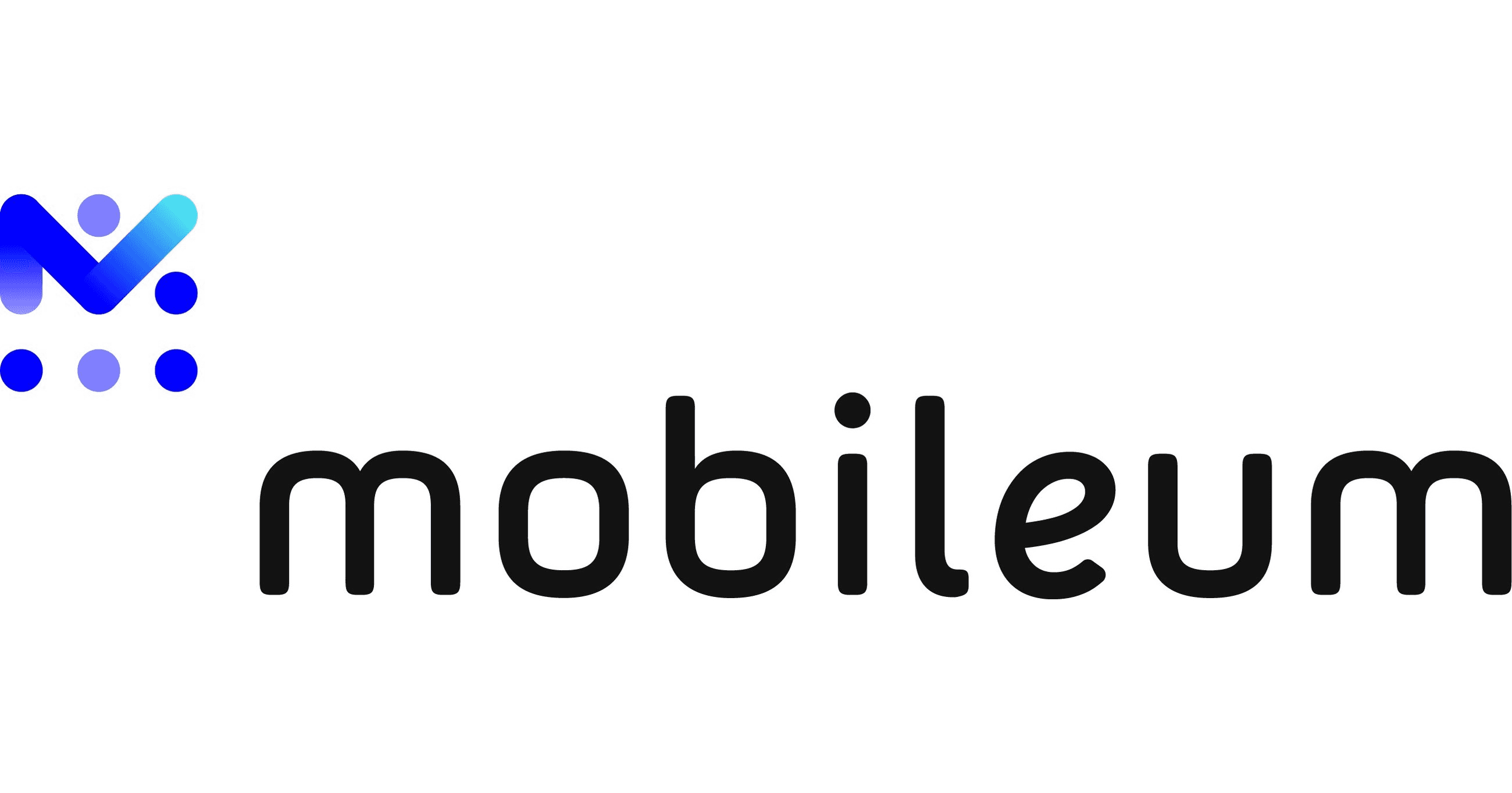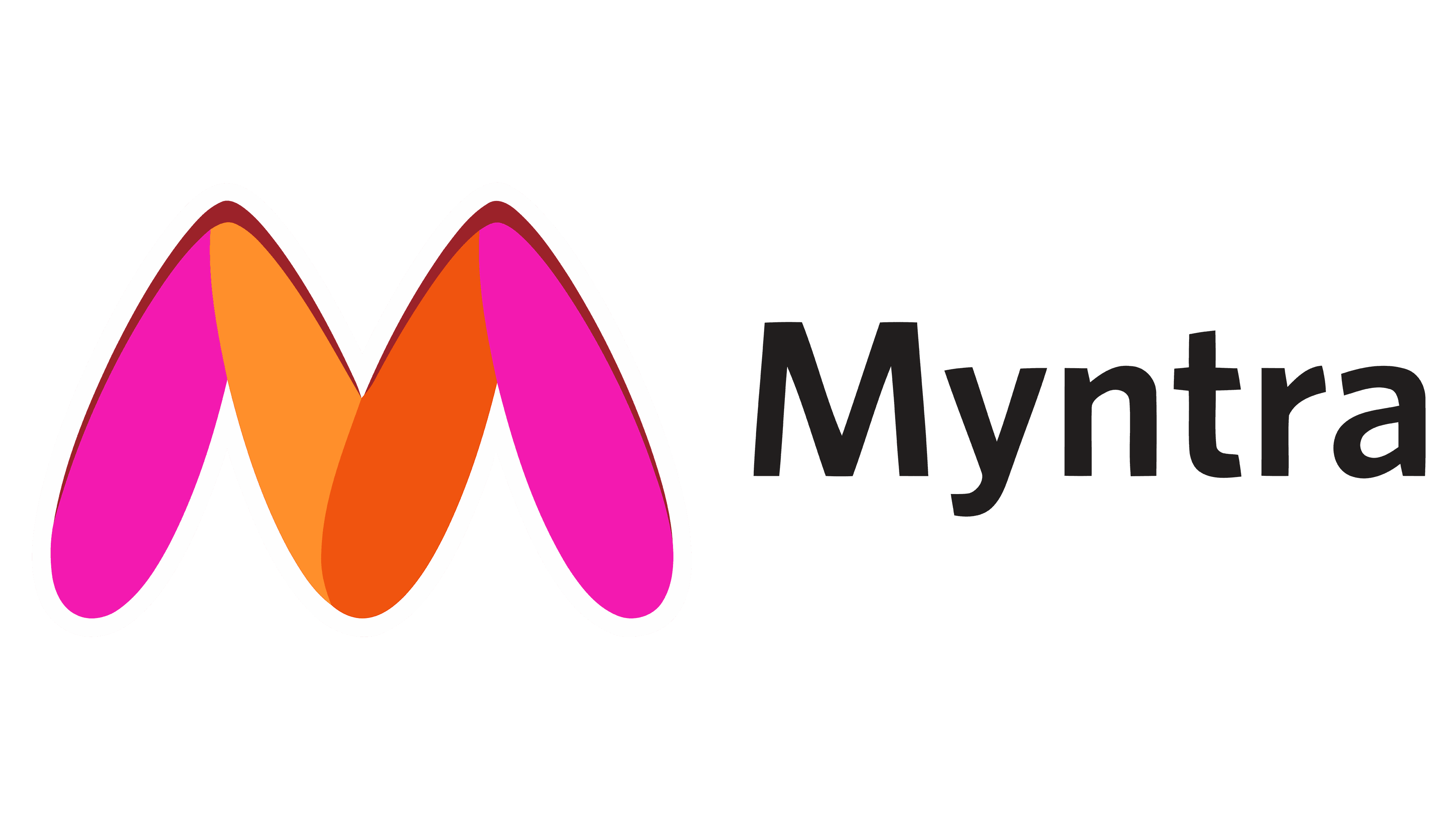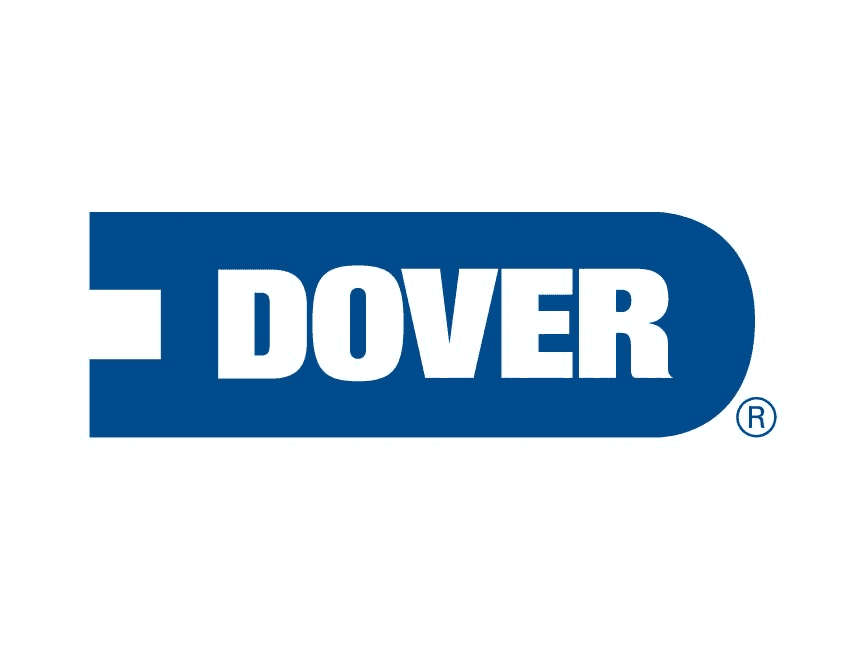The Go-to Platform For Your
Employee Training Needs
The Go-to Platform For Your Employee Training Needs
OT-Marketplace is a professional learning marketplace that brings together 3000+ upskilling programs, global network of learning solution providers, instructors, key note speakers and subject matter experts.
OT-Marketplace is a professional learning marketplace that brings together 3000+ upskilling programs, global network of learning solution providers, instructors, key note speakers and subject matter experts.


Trusted by Customers Across Industries
Trusted by Customers Across Industries

Why OT
Why OT
Why OT
All-in-One Employee Learning & Development Marketplace for Higher ROI & Impact
All-in-One Employee Learning & Development Marketplace for Higher ROI & Impact
All-in-One Employee Learning & Development Marketplace for Higher ROI & Impact
Do away with multiple vendors and experience a seamless, results-driven approach to upskilling and transformation like never before.
Do away with multiple vendors and experience a seamless, results-driven approach to upskilling and transformation like never before.
Centralized Platform
Centralized Platform
Handle and Track your entire L&D Calendar at one place and collaborate with key stakeholders.
Handle and Track your entire L&D Calendar at one place and collaborate with key stakeholders.
Ready & Custom Solutions
Ready & Custom Solutions
Explore over 3000 ready-to-use solutions with complete customization options, or opt for fully tailored solutions designed to fit your specific needs.
Explore over 3000 ready-to-use solutions with complete customization options, or opt for fully tailored solutions designed to fit your specific needs.
Expert Recommendation
Expert Recommendation
200+ SMEs and industry veterans ready to suggest & recommend apt solution for your needs.
200+ SMEs and industry veterans ready to suggest & recommend apt solution for your needs.
Top Vendors Across the Globe
Top Vendors Across the Globe
Access 8000+ vetted vendors and effortlessly integrate your existing and preferred vendors with nearly zero change in the way you already work
Access 8000+ vetted vendors and effortlessly integrate your existing and preferred vendors with nearly zero change in the way you already work
Cost Optimization
Cost Optimization
Optimizing 15-30% of your L&D budget so you can do more. We leverage our deep domain expertise and benchmarks from purchases across 150+ customers.
Optimizing 15-30% of your L&D budget so you can do more. We leverage our deep domain expertise and benchmarks from purchases across 150+ customers.
10+ L&D Categories
We've got you covered across L&D categories
We've got you covered across L&D categories
Curated solutions tested with 150+ customers with custom-build solution in every category as per your organization's need.
Curated solutions tested with 150+ customers with custom-build solution in every category as per your organization's need.
Training - Tech, Functional, Behavioral
Training - Tech, Functional, Behavioral
Digital Learning
Digital Learning

Gen AI Academy
Gen AI Academy
Employee Engagement and Wellness
Employee Engagement and Wellness
Organization Development
Organization Development
Continued Education and Certification
Continued Education and Certification
Assessment
Assessment
LMS/LXP
LMS/LXP



Simplifying Your Employee
Learning And Development Process
Simplifying Your Employee
Learning And Development Process
Simplifying Your Employee
Learning And Development Process
Get access to OT’s learning marketplace for your Talent Development initiatives
80%
80%
Effort saved in onboarding relevant partners
Effort saved in onboarding relevant partners
40%
40%
Cost saving in L&D budget
Cost saving in L&D budget
50%
50%
Higher engagement retention mettrics
Higher engagement retention mettrics
100%
100%
Quality Assurance
Quality Assurance
✅ OT Verified vendors
A network of 8000+ Vendors
A network of 8000+ Vendors
From top-notch professionals and leading training organizations to boutique firms, industry veterans and promising new entrants.
From top-notch professionals and leading training organizations to boutique firms, industry veterans and promising new entrants.
Edifying L&D with
Edifying L&D with
Increase Your Knowledge Retention Post Training
Increase Your Knowledge Retention Post Training
An AI Copilot maximizing the applicability of your learning initiatives by providing personalized and contextual support in real-time, 24/7.
An AI Copilot maximizing the applicability of your learning initiatives by providing personalized and contextual support in real-time, 24/7.



Tried & Tested
Hear from Our Customers
Hear from Our Customers
In the past 1.5 years, OT has partnered with our HR teams and helped in various types of learning initiatives. They are quick and have a good pool of vendors for different requirements. The comparison feature gives visibility and for many programs, we could finally see a systematic spend-optimization happening in the L&D Category.
In the past 1.5 years, OT has partnered with our HR teams and helped in various types of learning initiatives. They are quick and have a good pool of vendors for different requirements. The comparison feature gives visibility and for many programs, we could finally see a systematic spend-optimization happening in the L&D Category.
-The Procurement Lead
-The Procurement Lead


Thank you OT team for your timely and efficient support in fulfilling our technical and behavioral training needs. Your assistance has helped us deliver multiple successful sessions with great employee satisfaction. We look forward to your continued support.
Thank you OT team for your timely and efficient support in fulfilling our technical and behavioral training needs. Your assistance has helped us deliver multiple successful sessions with great employee satisfaction. We look forward to your continued support.
Director HRBP and L&D, Mobileum





OT has removed our need of contacting multiple service providers. Now we have OT as one point of contact for all our Learning needs. It saves so much time and resources, and OT take full accountability of the success of our programs .
OT has removed our need of contacting multiple service providers. Now we have OT as one point of contact for all our Learning needs. It saves so much time and resources, and OT take full accountability of the success of our programs .
-The L&D Head
-The L&D Head



Success Stories
Success Stories
Success Stories
Real Results, Proven Impact
Real Results, Proven Impact



80%
Reduced Procurement time
80%
Reduced Procurement time
30%
Saved on their L&D Budget
30%
Saved on their L&D Budget
4.4/5
Average Feedback Score
4.4/5
Average Feedback Score
We solved GSK’s tedious & lengthy process of search, negotiation, finalization, contract signing, vendor management, and process tracking.



80%
Reduction in Turnaround time
80%
Reduction in Turnaround time
40%
Reduced cost for Streamlined auditing process & budget allocation
40%
Reduced cost for Streamlined auditing process & budget allocation
4.4/5
Average Feedback Score
4.4/5
Average Feedback Score
We solved a Interior Design firm's through multiple training providers, gather details about courses provided by them, get quotations, carry out price negotiations, conduct internal reviews & finalize the training.


Committed to Unlocking Your Team's Full Potential
Committed to Unlocking Your Team's Full Potential
Talk to our Learning Consultant to assess your organization needs and get the best L&D solution
Talk to our Learning Consultant to assess your organization needs and get the best L&D solution


Get the latest L&D trends, news, and insights
HSR Layout,
Bengaluru, KA - 560102
Email: [email protected]
Phone no.: +91-8123617991 | +91-8837709354
Resources
Products & Initiatives
© 2025 – All Rights Reserved By Theseus Technologies Pvt. Ltd.
Get the latest L&D trends, news, and insights
HSR Layout,
Bengaluru, KA - 560102
Email: [email protected]
Phone no.: +91-8123617991 | +91-8837709354
Resources
Products & Initiatives
© 2025 – All Rights Reserved By Theseus Technologies Pvt. Ltd.
Get the latest L&D trends, news, and insights
HSR Layout,
Bengaluru, KA - 560102
Email: [email protected]
Phone no.:
+91-8123617991
+91-8837709354
Resources
Products & Initiatives
© 2025 – All Rights Reserved By Theseus Technologies Pvt. Ltd.










